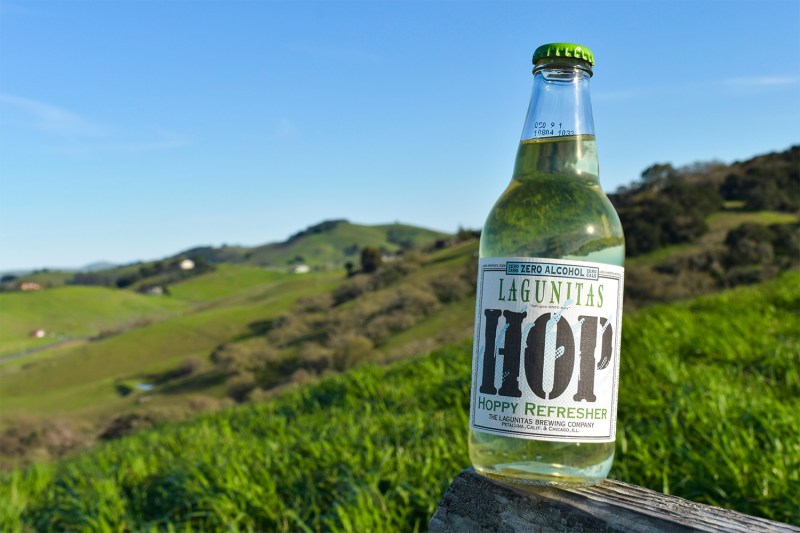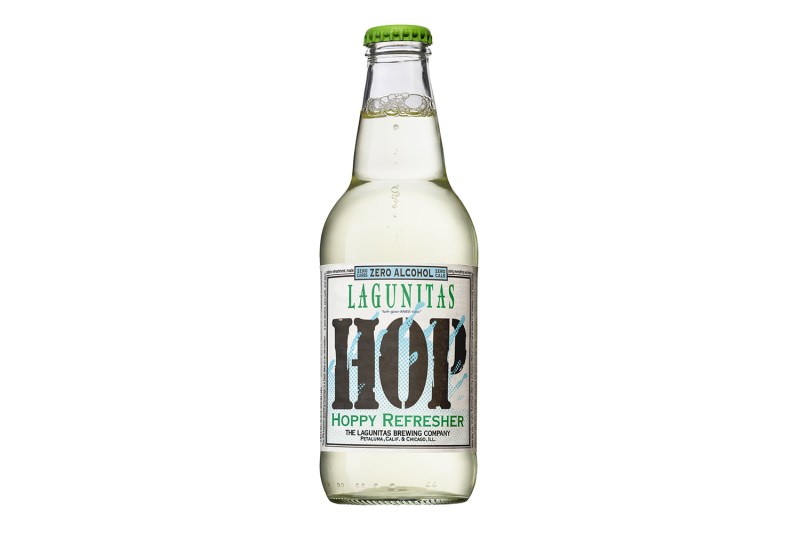
One of the more hop-aggressive breweries is betting it’s already converted enough hop heads for them to really embrace one of their newest products.
California’s Lagunitas Brewing Company originally launched its hop-flavored sparkling water last August, but it’s time for Hoppy Refresher to make its presence better known. Hoppy Refresher is currently in about a dozen states, but Lagunitas Senior Public Relations Manager Max Wertheimer said its scaling up quickly.
Hoppy Refresher is a true homage to its flagship West Coast-style Lagunitas IPA — which The Manual previously named one of the 10 most important craft beers — and the growing, hip, now, and happening sparkling water craze.
“That IPA is what we hang our hats on and what put us on the map,” Wertheimer said. “Even as we innovate more and more, and release more products, it’s important we are paying homage.”

While a glut of sparkling water products and perhaps general bubble deflation has caused La Croix sales to shrink, Lagunitas is banking on its fans to need non-alcoholic refreshers occasionally, too. The water is the brewery’s first non-alcoholic drink but it is still inspired by the brewery’s hop know-how. The blend of hops — Citra, Equinox and Centennial — and a “pinch of brewers” yeast helps push the hoppy narrative. Unlike most sparkling water brands which rely on artificial flavors, additives, and “essences,” Hoppy Refresher truly is flavored by hops, just like beer.
Wertheimer said the water is perfect for people who don’t want or can’t have a beer when they’re thirsty, whether they’re non-drinker, a pregnant mother, an ultra-marathoner during training, or simply at work. He also says it’s a killer mixer.
“It’s a really versatile product,” Wertheimer said. “I love beer, but I’m also a big sparkling water guy. I’m drinking more Hoppy Refresher than beer.”
At a time when more and more breweries are getting away from making just beer, and shifting to N/A beer, cocktails, and hard seltzer, Lagunitas is thinking the sparkling water train might be the right one. And hey, it’s a beer-y, zero-alcohol, zero-calorie, and zero-carb beverage for when plain water just isn’t cutting it.
“At the end of the day, we wanted to create a beverage that’s super flavorful,” Wertheimer said.


